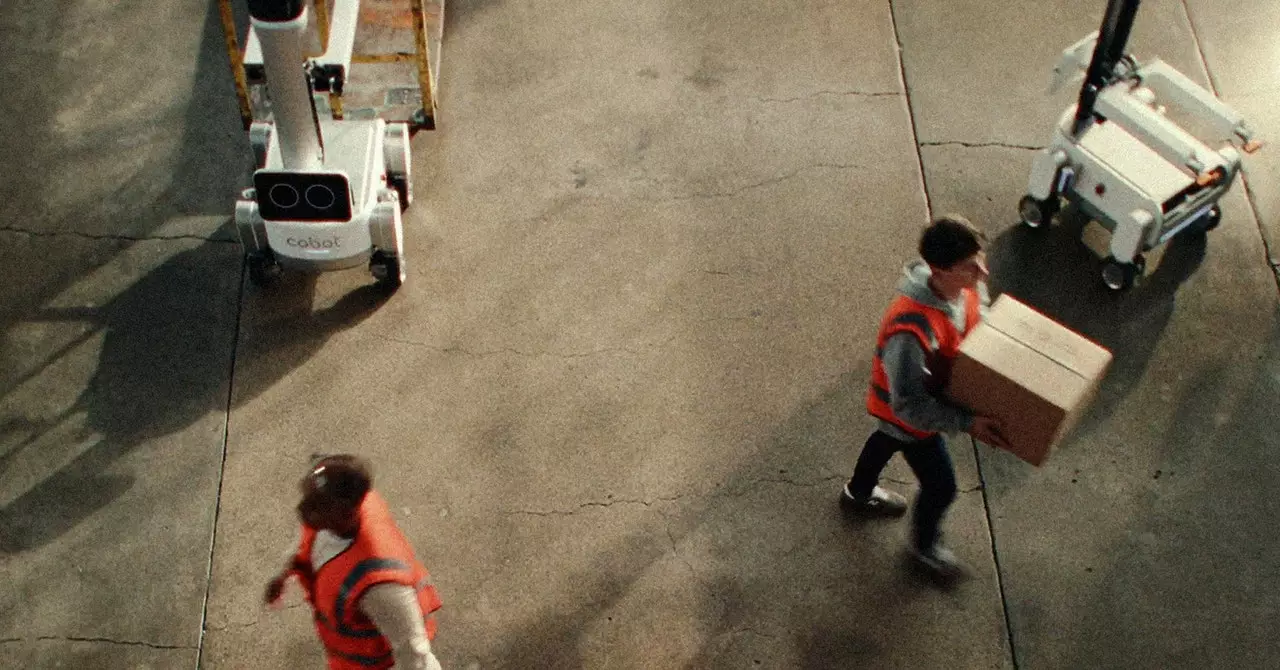In an era dominated by rapid technological advancements, the necessity for efficient automation in various sectors is paramount. One of the latest innovations in the field of robotics is Proxie, a collaborative robot (cobot) designed to assist human workers in tasks that require mobility and adaptability. Unlike traditional mobile robots that often need extensive downtime for charging, Proxie features a swappable battery, ensuring minimal interruption during operations. This innovative approach not only enhances productivity but also signifies a shift in how robots can be integrated into human environments.
While the exact price range for Proxie remains undisclosed, it’s well-known that mobile robots frequently come with a hefty price tag, often reaching into the tens of thousands of dollars. For businesses, this investment needs to be justified by the potential economic benefits that such robots can bring. Proxie’s design allows it to work alongside human staff, taking turns in tasks like moving carts and navigating through crowded spaces. By effectively reducing the human burden of physically demanding tasks, Proxie demonstrates that it is not just a complicated gadget but rather a substantial asset in the workplace.
One of the standout features of Proxie is its ability to interact with staff through voice commands. Utilizing advanced AI and large language models, the cobot can understand and execute commands such as, “Go to dock 3 and grab the cart by the door.” This capability highlights the ongoing integration of artificial intelligence in robotics, positioning Proxie as a forerunner in bridging the gap between human and machine interactions. With its ability to learn and adapt over time, Proxie is set to evolve further as AI technologies advance.
In the current landscape, many companies are fervently pursuing humanoid robots. However, experts like Porter and industry veteran Rodney Brooks argue that the deployment of humanoids is still fraught with challenges. While humanoid robots possess notable capabilities, their high costs and unreliable autonomous features limit their practical use in environments like warehouses. Proxie, on the other hand, is built to tackle more straightforward and essential tasks, making it a more pragmatic choice for contemporary business needs.
The design and functionality of Proxie enable it to seamlessly replace monotonous and physically taxing tasks that often deter human workers. As noted by Erez Agmoni from Interwoven Ventures, the incorporation of collaborative robots like Proxie into environments such as Maersk has shown promising results. The cobots not only alleviate human effort in pushing heavy carts but also integrate effectively without requiring major changes to existing infrastructures. This adaptability is vital for organizations that are looking to optimize labor without incurring exorbitant renovation costs.
As robotics continues to evolve, the potential for Proxie to develop into a more advanced platform remains a key focus for its creators. Industry leaders like Fady Saad emphasize the importance of this evolution, pointing out that the pathways for collaboration could lead towards humanoid capabilities in the future. However, companies like Robust.AI lend weight to the argument that a focus on simpler, wheeled robots offers more immediate solutions for logistical challenges in warehouses and factories.
The introduction of Proxie is indicative of a broader trend in robotics towards creating effective collaborative tools that enhance the human workforce rather than replace it. The ongoing dialogue surrounding the merits of humanoid versus cobot designs adds depth to the discourse on robotics, inviting businesses to consider how best to leverage technology. As Proxie makes strides in the arena of efficient labor solutions, it offers a compelling glimpse into a future where robots and humans work cohesively side by side, enhancing productivity and job satisfaction across the board. What remains will be the continuous exploration of how these robots can be further integrated into daily operations, setting the stage for a new era in automation.


Leave a Reply